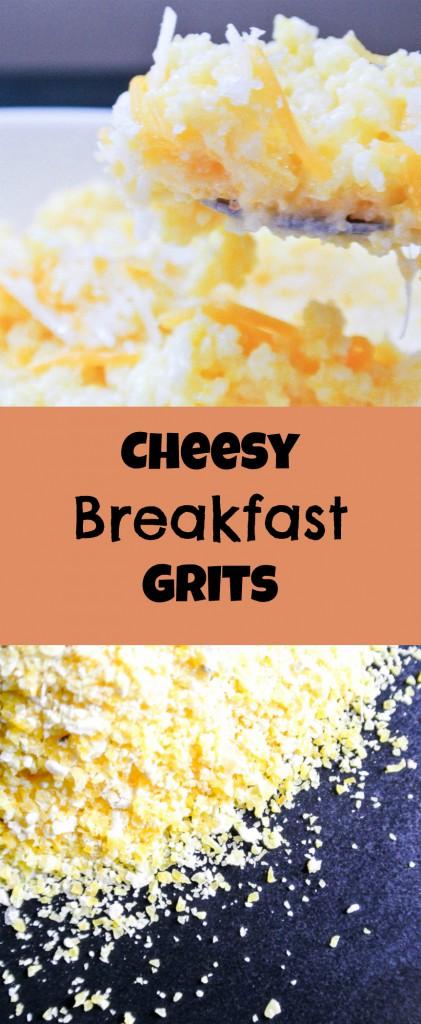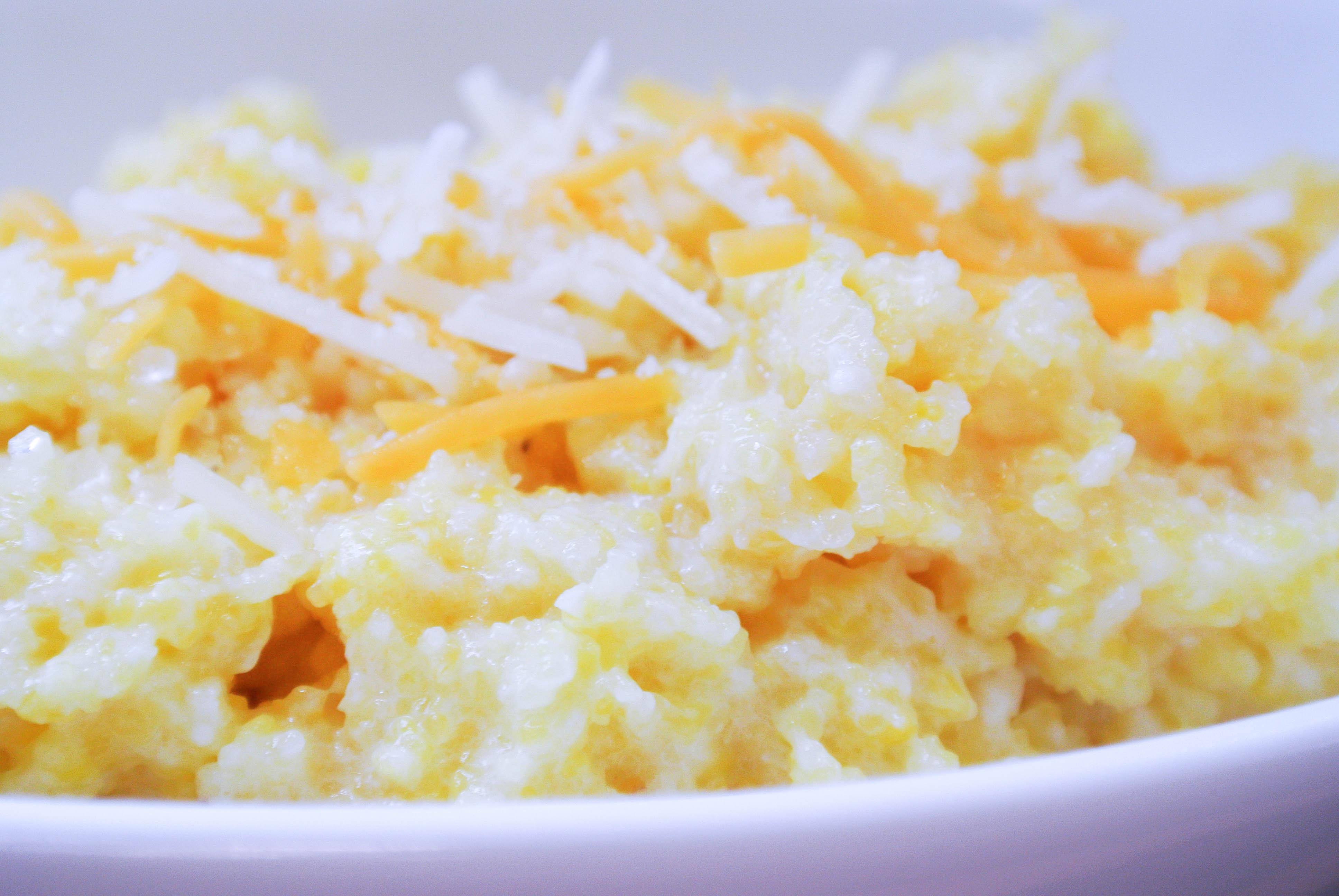 I grew up in the Midwest, where all I knew about grits was “That’s something they eat in the South.” Really? How was this corn derivative not a staple in the Corn Belt?
I grew up in the Midwest, where all I knew about grits was “That’s something they eat in the South.” Really? How was this corn derivative not a staple in the Corn Belt?
I first became acquainted with grits when I attended law school in the South – Shrimp and Grits made a believer out of me. But it wasn’t until the last year or two that I have kept a package of it in my pantry and cooked with it on a regular basis.
Grits are just ground corn. Depending on the brand you buy, they may look exactly like cornmeal that you would use to make corn bread. I am currently working on a bag of Bob’s Red Mill, and the grains are a bit bigger than Quaker, which had been my previous standard. Both are great; Bob’s is a bit heartier, while Quaker is smoother. Just a matter of personal preference. In this video, Bob explains that his family has found a method of grinding corn that does not “degerminate” it – that is good news! It means that their particular variety qualifies as a whole grain – which is healthier than when the germ is removed. 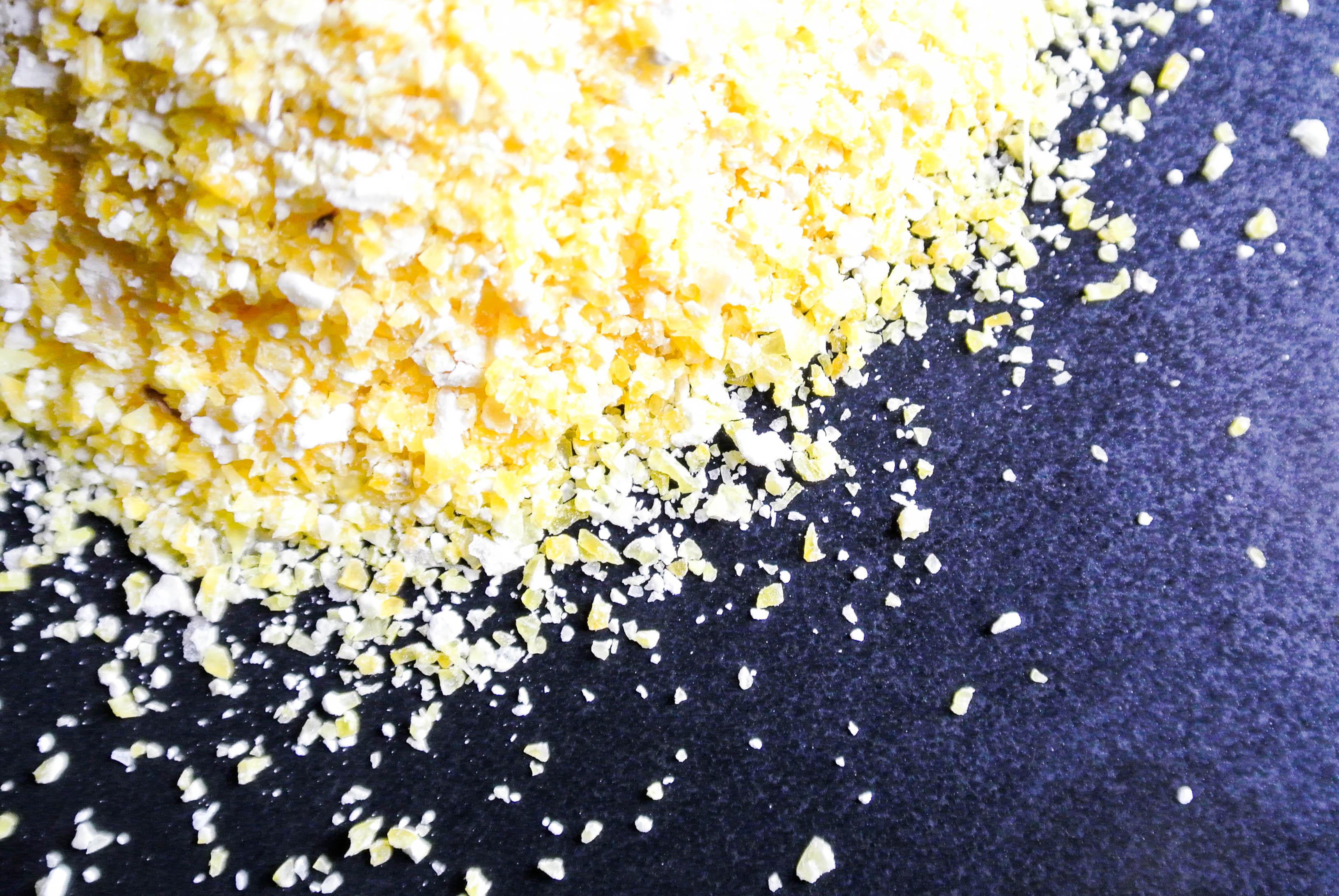 Grits are cooked in liquid, either water or milk. Experiment as you will, but I find that 1/4 c of grits and 3/4 c skim milk, with a pinch or two of cheese, makes a perfect, filling, warm (fast!) breakfast. It will keep you full until lunch, for sure – and what a great way to sneak in another serving (or so) of milk and whole grains (if the brand you use has the germ intact). Just pop the bowl in the microwave, and it will be ready in the time you take your morning shower {if you keep your shower to less than 7 minutes}.
Grits are cooked in liquid, either water or milk. Experiment as you will, but I find that 1/4 c of grits and 3/4 c skim milk, with a pinch or two of cheese, makes a perfect, filling, warm (fast!) breakfast. It will keep you full until lunch, for sure – and what a great way to sneak in another serving (or so) of milk and whole grains (if the brand you use has the germ intact). Just pop the bowl in the microwave, and it will be ready in the time you take your morning shower {if you keep your shower to less than 7 minutes}.
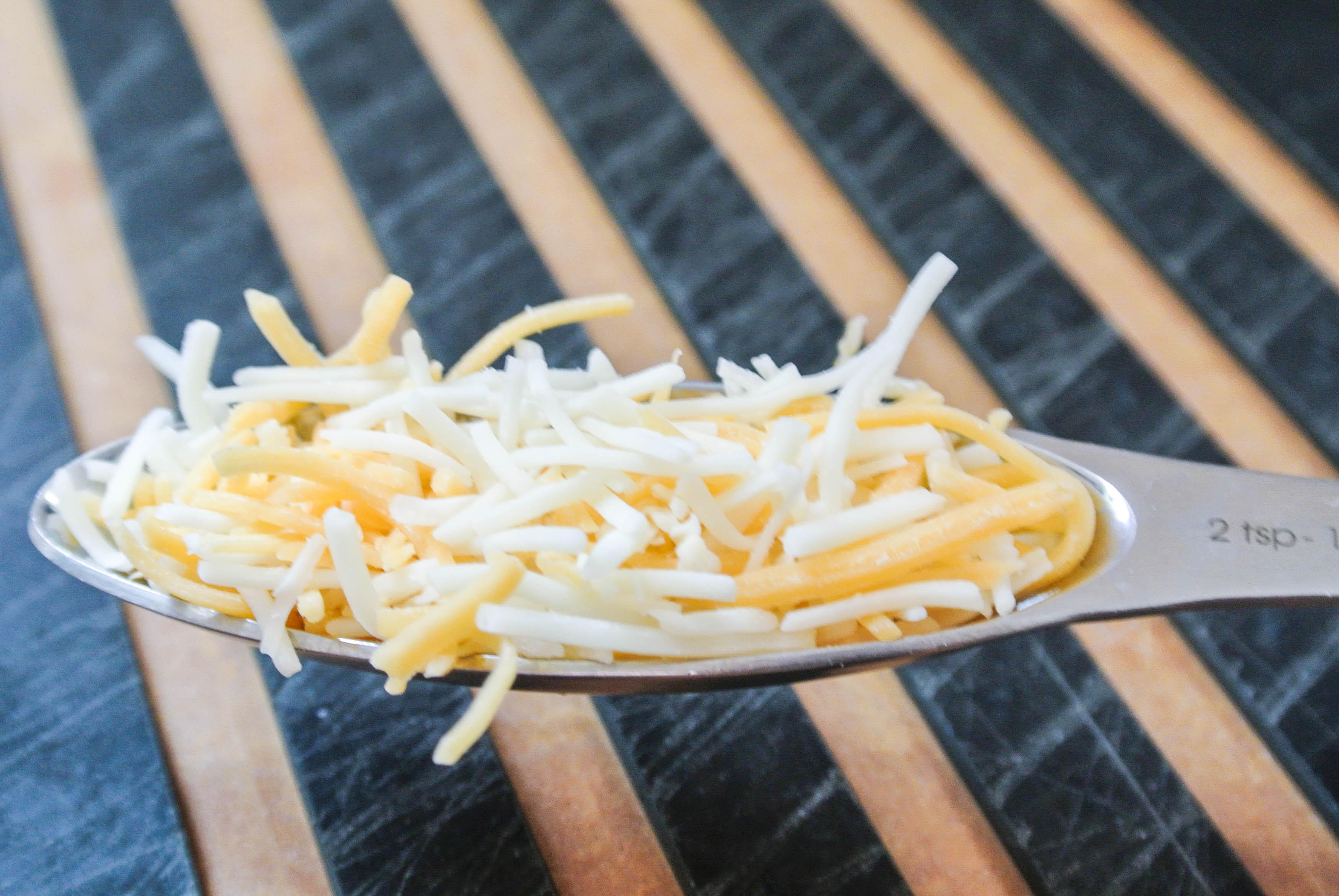

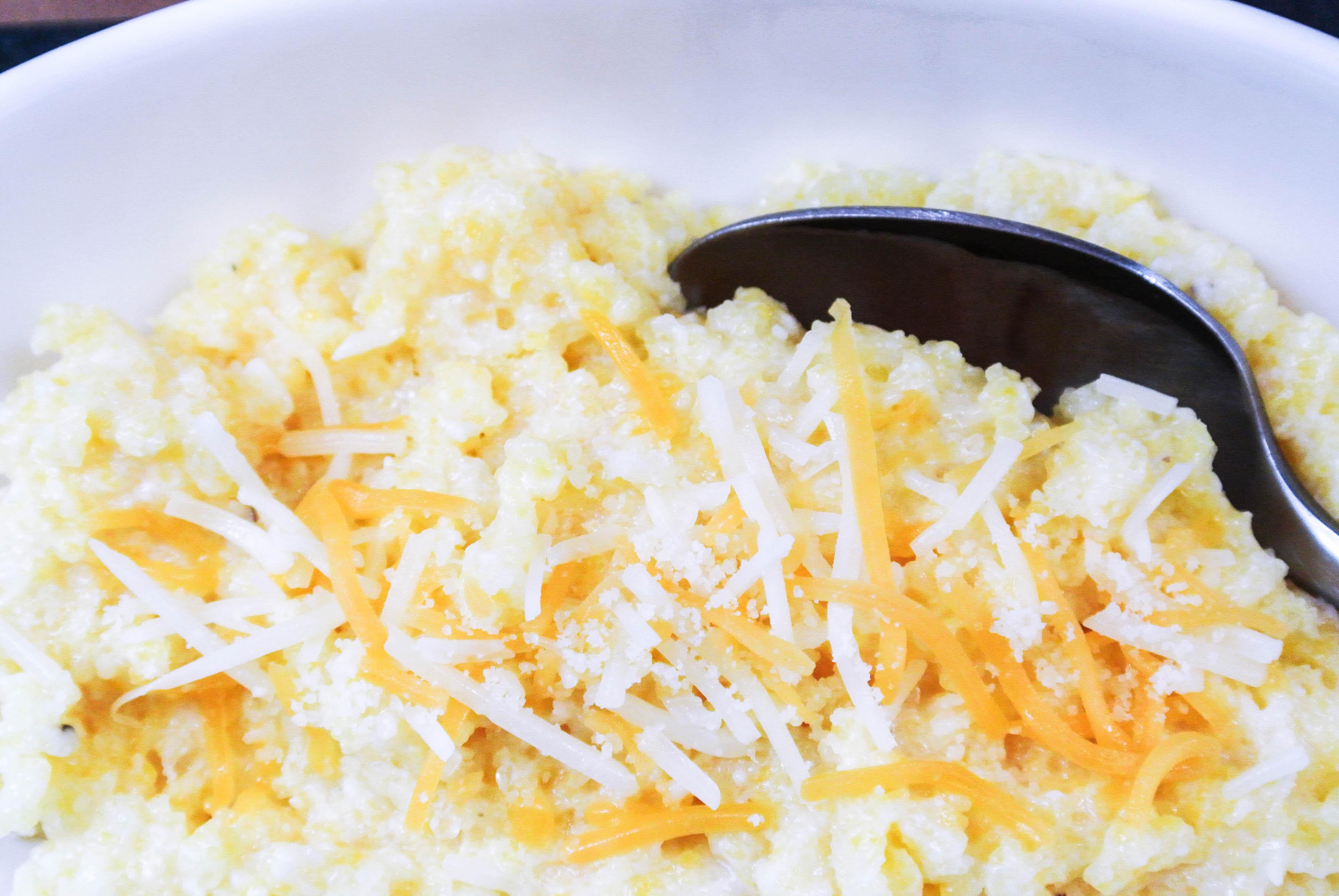
More info please? Polenta is also just ground corn, but from my understanding and research, polenta (Italian) and grits (Southern American) are traditionally made from different types of corn, and ground to a different consistency. This results in a slightly different taste and texture. But do you want to know what Bob’s Red Mill thinks about that?
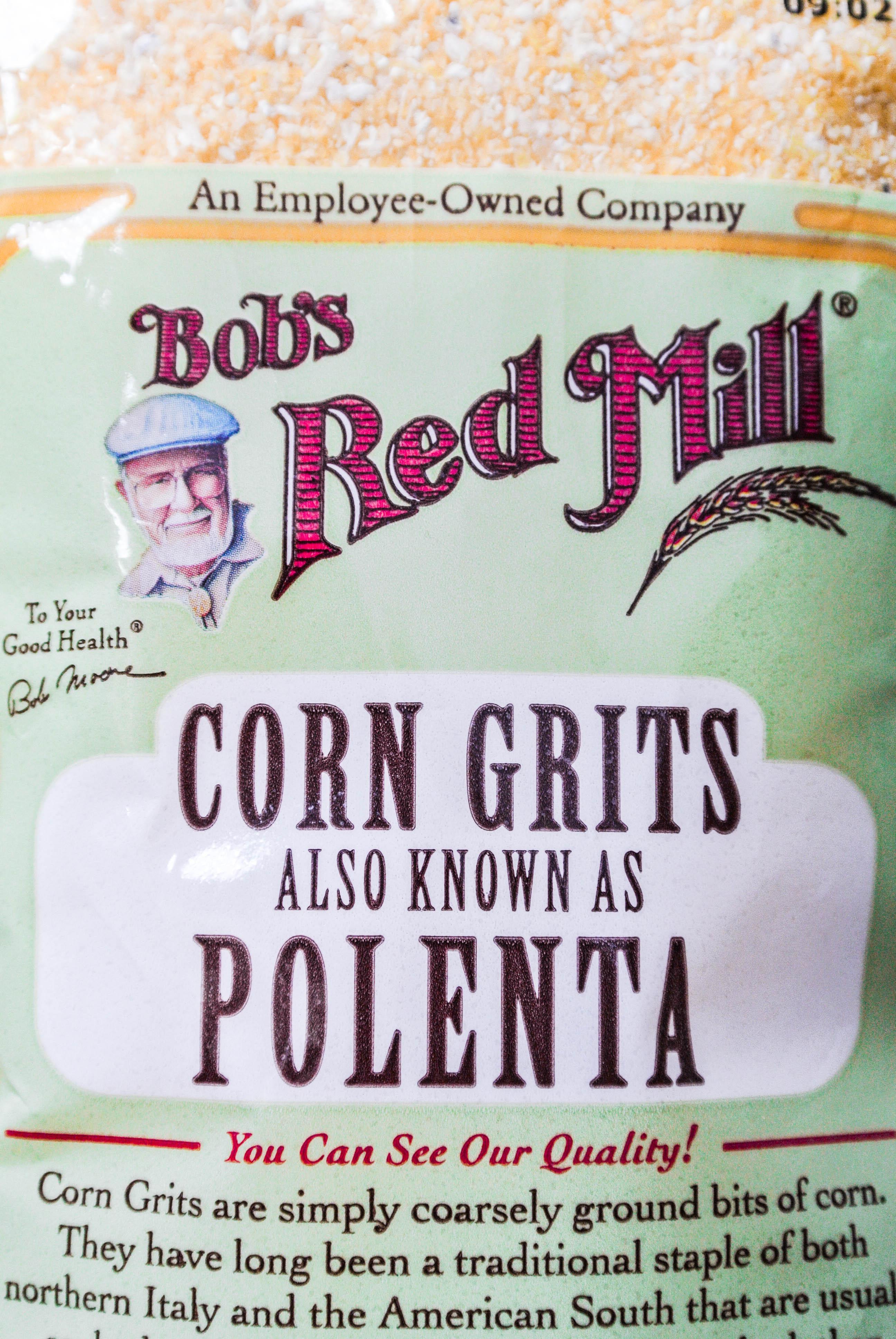 I also enjoy a bowl of cheesy grits with a poached egg on top – the runny yolk stirred in to the grits is a treat.
I also enjoy a bowl of cheesy grits with a poached egg on top – the runny yolk stirred in to the grits is a treat.
